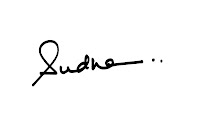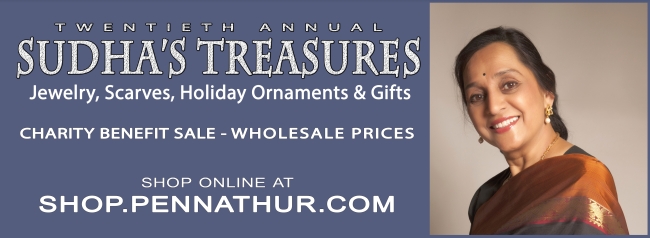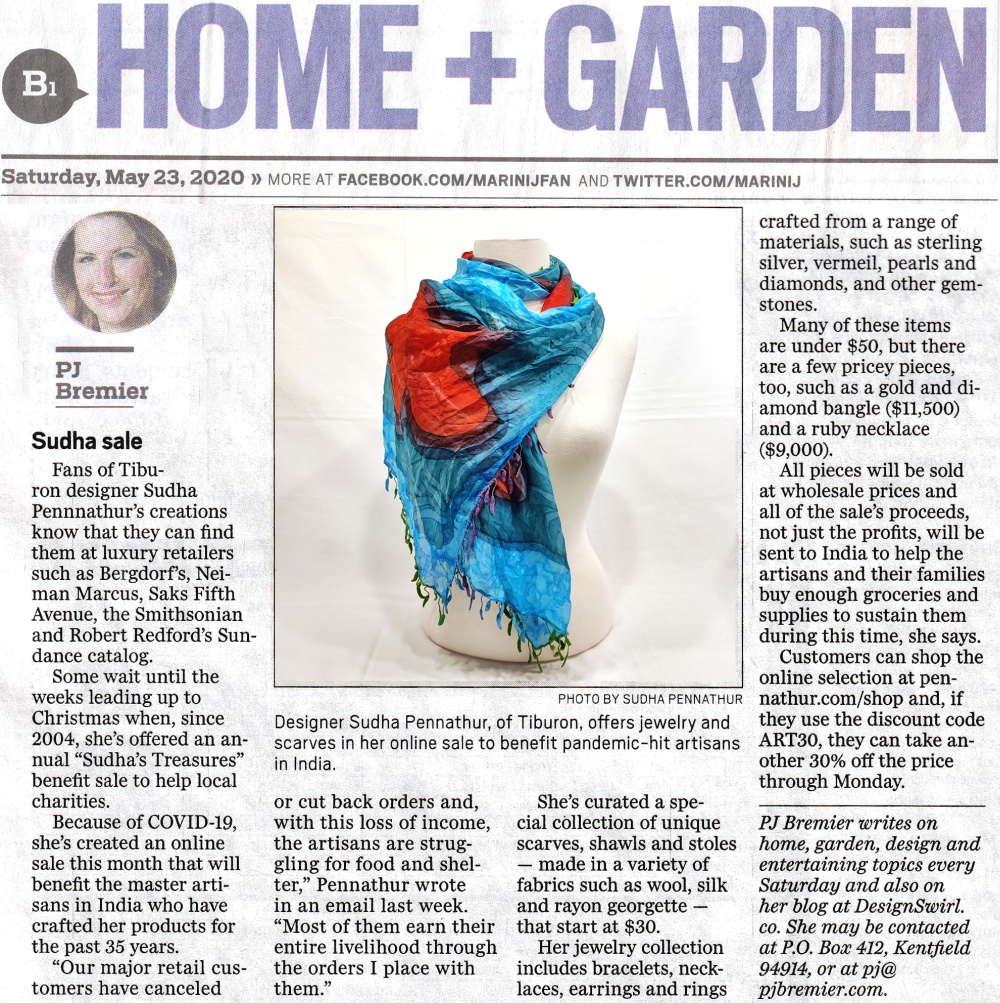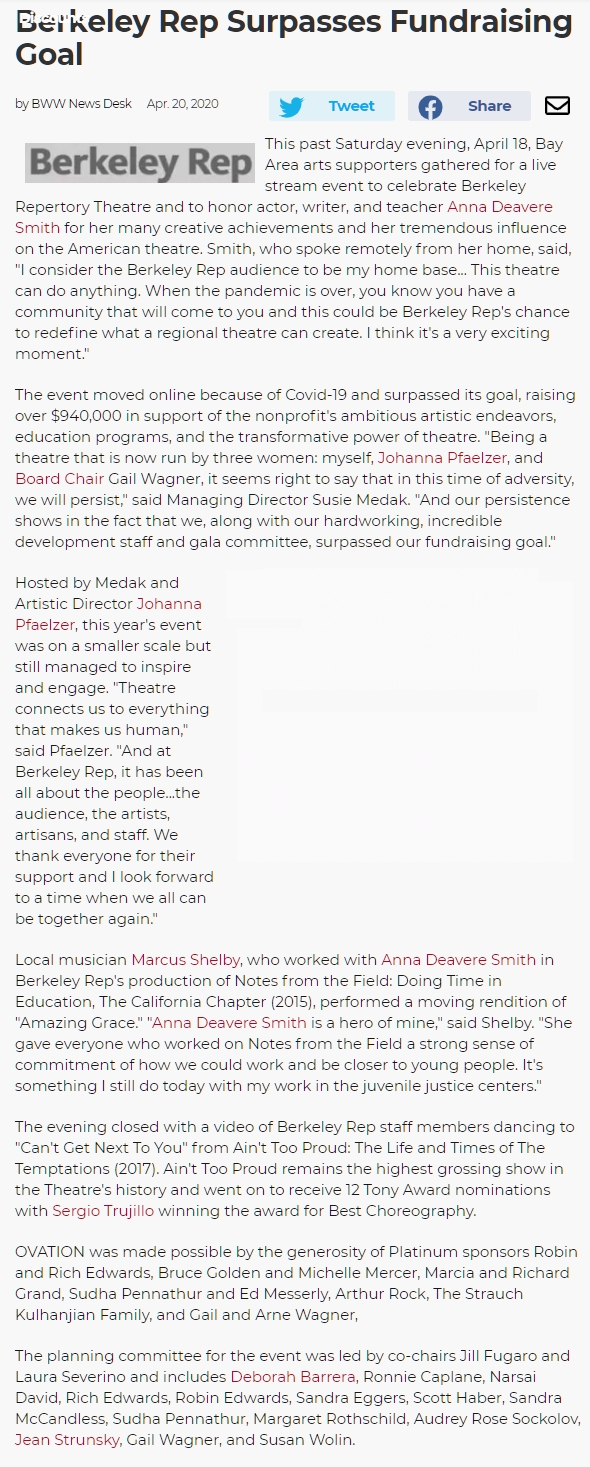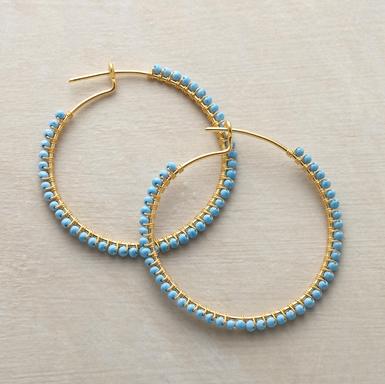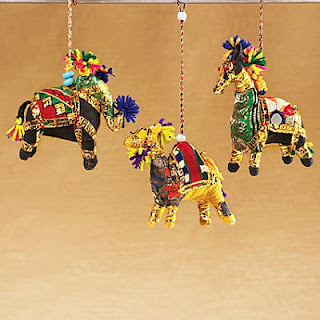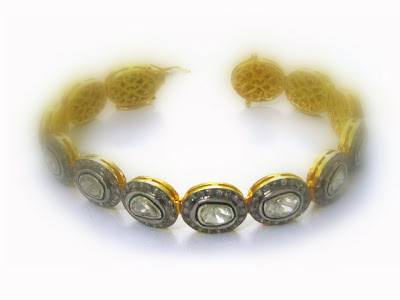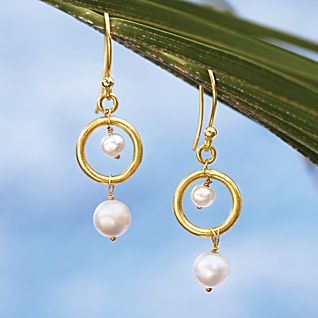We arrived in Edinburgh, Scotland by train from London on June 2nd to warm sunny weather. Taking a quick glance at the inventions Scotland has gifted to the world it is no wonder they exclaim “Great Scot” when there is wonderment. Many of the products we use today were invented here!
Engineer and inventor John Logie Baird was the father of television and later developed ideas such as color, 3D and large screen TV. He was also the first to patent fibre-optics, the technology now used to carry telephone calls and Internet traffic. It was, of course, Edinburgh-born Alexander Graham Bell who invented the device in 1876.
Less celebrated, but just as influential are Scots figures James Chalmers who invented the adhesive postage stamp; Sir James Dewar, who created the vacuum flask, and Robert William Thomson who invented the vulcanized rubber pneumatic tyre in 1845, the fountain pen in 1849 and a steam traction engine in 1867. Unfortunately, he abandoned his idea for the pneumatic tire over fears it would be too expensive to produce, and it was only rescued in 1888 by his fellow countryman John Boyd Dunlop. A similar fate befell the unfortunate Kirkpatrick Macmillan, who first invented the bicycle. However, he failed to patent his invention and it was widely copied.
In medicine, Sir Alexander Fleming discovered the world’s first antibiotic drug – penicillin. Another groundbreaking inventor was James Gregory, who invented the reflecting telescope, developed later by Englishman Sir Isaac Newton.
Sir Thomas Lipton is credited with revolutionizing the retail grocery trade, buying, for example, tea plantations in Sri Lanka . He developed many of the marketing techniques employed by supermarkets today, and also, additionally, established the World Cup for soccer in 1910.
Another famous economist Adam Smith is now known as the father of political economy was from here. Famously, Scotland was the first country in the world to use the banknote.When I heard that the automated teller machine (ATM) was also developed in Scotland I was blown away.
We saw several museums including the National Gallery in Edinburgh, 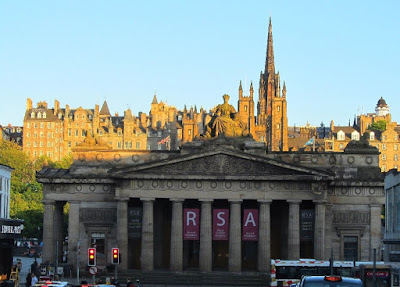 the Castle and Queen Elizabeth’s summer home called. All of them had well developed Museum gift shops with hordes of tourists! Interesting assortments of jewellery, ties, mugs and the usual memorabilia.
the Castle and Queen Elizabeth’s summer home called. All of them had well developed Museum gift shops with hordes of tourists! Interesting assortments of jewellery, ties, mugs and the usual memorabilia.
Personally the best shopping in Scotland was for Cashmere. It comes in one-ply and two-ply garments and accessories. (2 –ply being heavier and more expensive). One needs to be careful with the quality since much has been mixed with lamb’s wool, but could be labeled as 100% Cashmere. The best place to shop is directly with the factories in Hawick (pronounced Hoyk). “Hawick Cashmere of Scotland” is where Ed ordered a wonderful vest in 2 ply Cashmere. Johnston which has a shop in St. Andrews also has some wonderful sweaters.
We also discovered a great boutique with unique knitted jackets and sweaters in silk and wool. He had several one-offs. 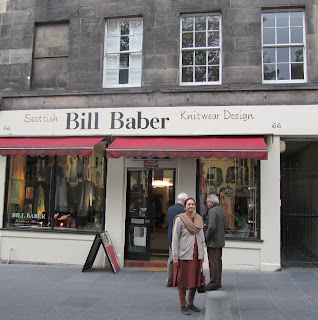
The other thing they are famous for is Scotch whiskey. There is a tasting room and a Museum near the Edinburgh Castle. Being less adventuresome, we however did not indulge in this sport.
